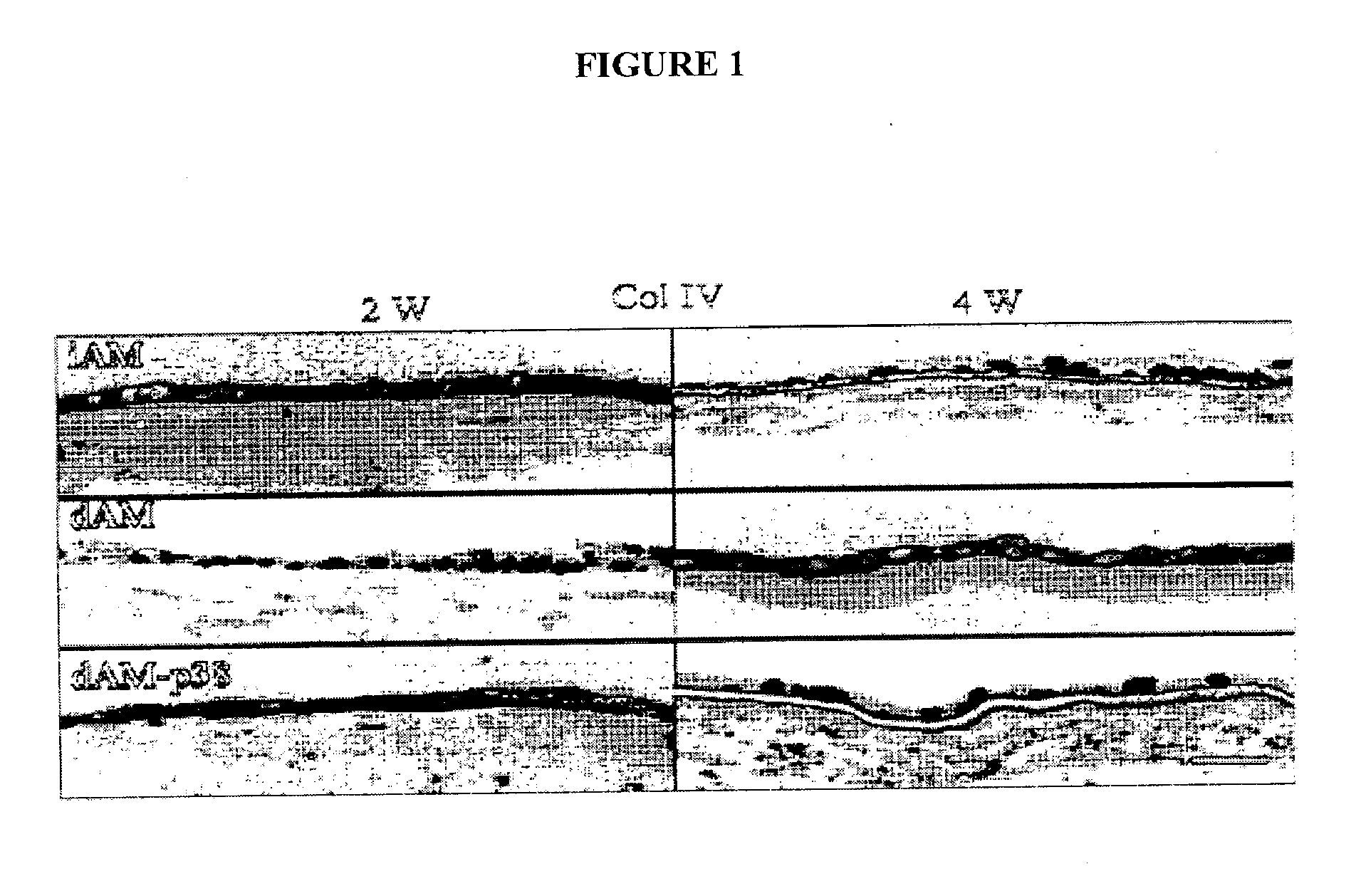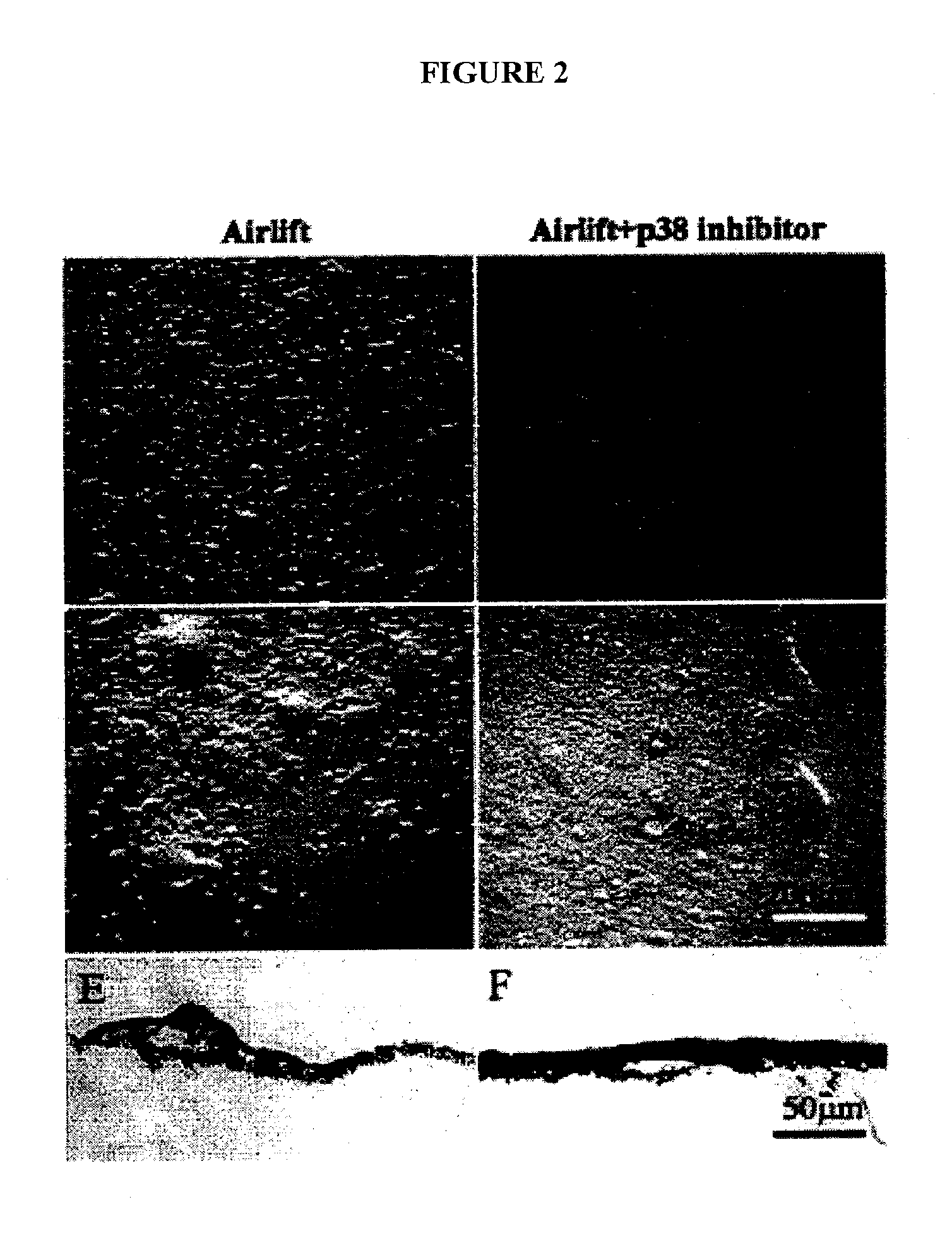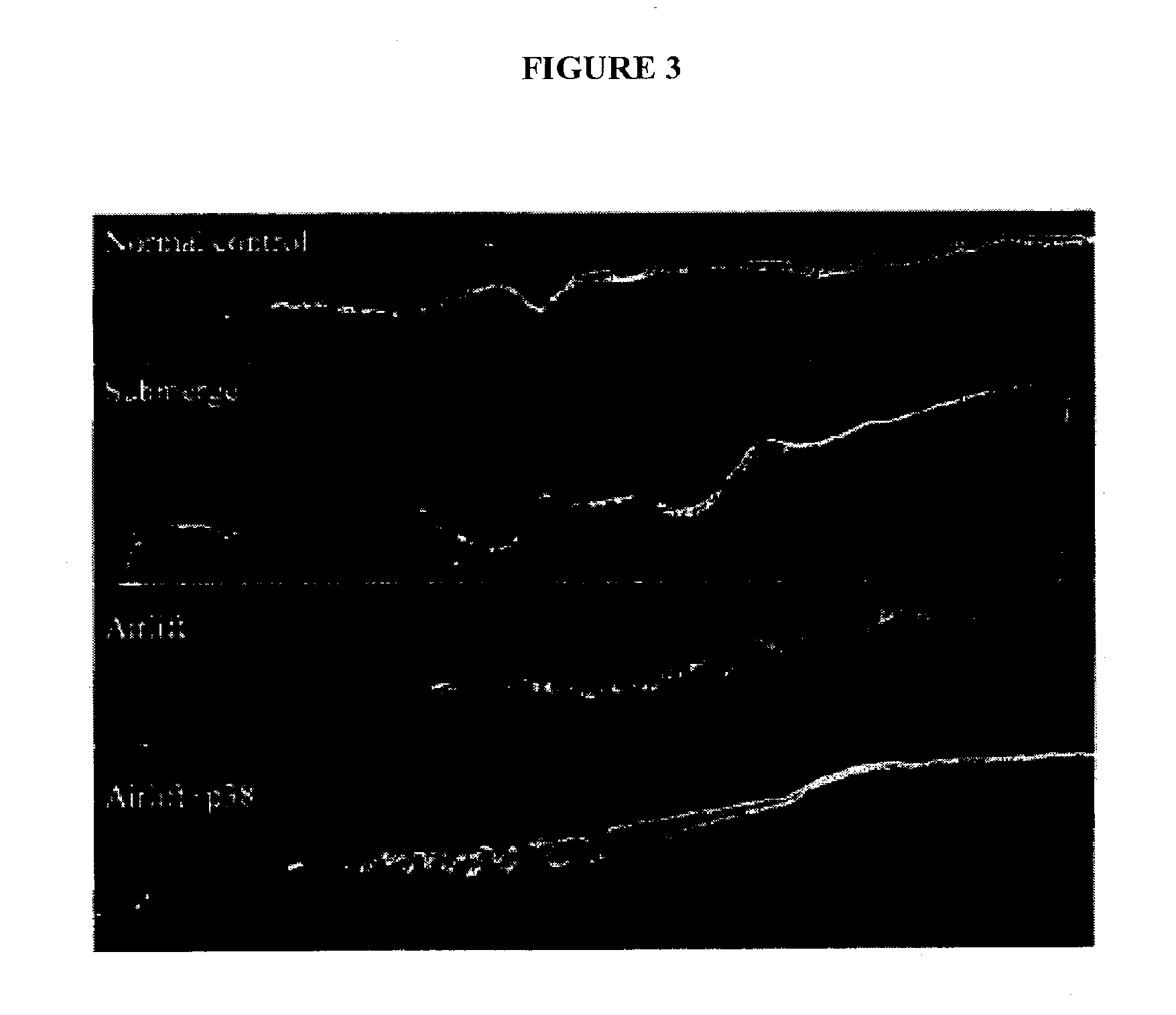Isolation and expansion of animal cells in cell cultures
a cell culture and cell technology, applied in the field of development biology, cell culture, tissue culture, etc., can solve the problems of requiring a prodigious effort and restricting the use of such cells for further manipulation or us
- Summary
- Abstract
- Description
- Claims
- Application Information
AI Technical Summary
Benefits of technology
Problems solved by technology
Method used
Image
Examples
example 1
Preservation and Expansion of Primate Keratocyte Phenotype by Downregulating TGF-β Signaling in a Low Calcium Serum-Free Medium
[0078] Because TGF-β signaling is conserved among a large variety of different cell types, the results set forth below and methods described herein can be adapted for other cell types with minor modifications.
Methods
[0079] Three rhesus monkeys (Macaca Mulatta), 4 years old, and rabbit and mouse cornea were obtained from an approved tissue-sharing program after euthanasia. An entire anterior corneoscleral segment was removed from the globe by cutting near the limbus with Wescott's scissors. A central cornea was obtained with an 8.0 mm Barron's trephine and immediately transferred to KSFM medium (cat# 17005-042, GIBCO Invitrogen corporation, Carlsbad, Calif.). After removing Descemet's membrane and the corneal endothelium, the corneal epithelium was removed by dispase digestion for 16 h at 4° C. and the remaining corneal stroma was incubated at 37° C. for 1...
example 2
Keratocan Expression of Murine Keratocytes is Maintained on AM by Downregulating TGF-β Signaling
[0092] Keratocytes display a dendritic morphology and express keratocan. When cultured using conventional methods, however, keratocytes lose their dendritic morphology and cease expression of keratocan. As described below, keratocytes were expanded on AM and examined to determine if they maintained their characteristic phenotype, including the expression of keratocan.
Methods
[0093] Isolation and Culture of Keratocytes on Plastic or AM—Albino mice eyes were enucleated by forceps, washed profusely in PBS, and incubated in DMEM containing 20 mM HEPES, 15 mg / ml dispase II (Roche, Indianapolis, Ind.) and 100 mM sorbitol at 4° C. for 18 h (see Espana et al., Invest Ophthalmol Vis Sci. 44:4275-4281, 2003; Kawakita et al., Invest Ophthalmol Vis Sci. 45:3507-3512, 2004). The entire corneal epithelium loosened by this treatment was subsequently removed by vigorous shaking. Under a dissecting micr...
example 3
Clonal Initiation and Expansion of Murine Limbal Progenitor Cells in a Fibroblast-Free, Matrix-Free, and Serum-Free Niche
Methods
[0108] A flat mount preparation of freshly isolated intact human limbal epithelial sheet showed that p63 -positive (p63 being an epithelium-specific transcription factor) basal cells are grouped in clusters, indicating that progenitor cells are intermiixed with TACs in the limbal basal epithelium. Because TACs are known to have a negative paracrine influence on limbal epithelial progenitor cell renewal, it was hypothesized that elimination of TAC's paracrine influence by seeding at a low density and prolonging the culturing time beyond TAC's life span (about 3 weeks) would improve clonal initiation and expansion of limbal epithelial progenitor cells. Single cells dissociated from isolated mouse corneal / limbal sheets by trypsin / EDTA were seeded at a density of 40 cells / cm2 in a defined keratinocyte serum-free medium (KSFM) (Gibco-BRL, Carlsbad, Calif.) con...
PUM
 Login to View More
Login to View More Abstract
Description
Claims
Application Information
 Login to View More
Login to View More - R&D
- Intellectual Property
- Life Sciences
- Materials
- Tech Scout
- Unparalleled Data Quality
- Higher Quality Content
- 60% Fewer Hallucinations
Browse by: Latest US Patents, China's latest patents, Technical Efficacy Thesaurus, Application Domain, Technology Topic, Popular Technical Reports.
© 2025 PatSnap. All rights reserved.Legal|Privacy policy|Modern Slavery Act Transparency Statement|Sitemap|About US| Contact US: help@patsnap.com



